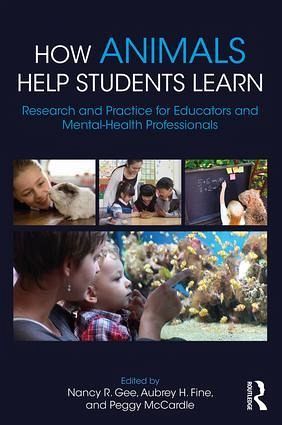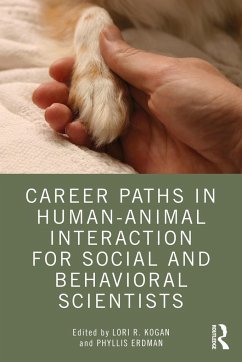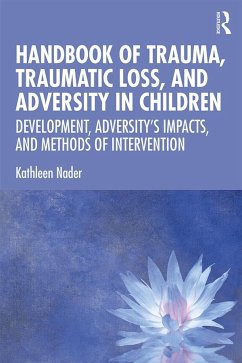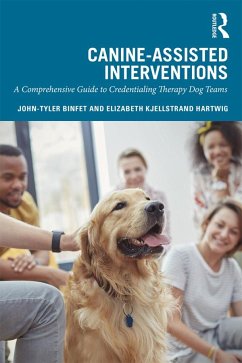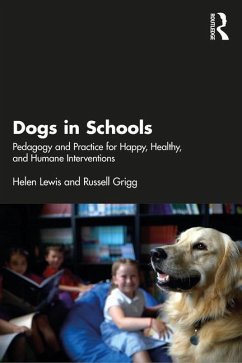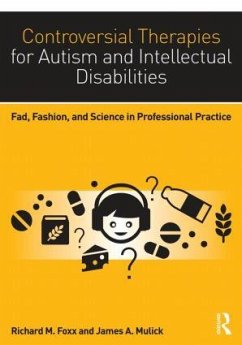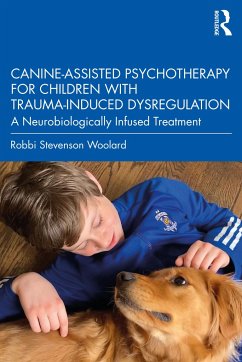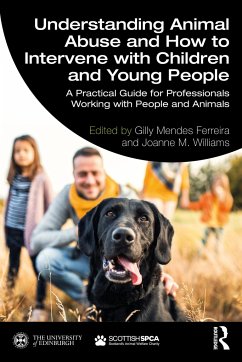"This comprehensive volume brings together experts in education, therapy, and psychology to assess the evidence for how animals impact the learning process of students, including those with special needs such as children with autism or learning disabilities. Spanning theory, research methodology, and practice, this book provides a comprehensive guide for those wishing to implement and assess educational programs that include animals."
Gail F. Melson, PhD, professor emerita, Purdue University
"Animals play a variety of roles for children and they are often brought into schools to enrich the environment and facilitate learning, especially for younger children. They encourage responsibility and cooperation, and their care is a
reward for good work. This book presents, for the first time, rigorous assessments of the value of animal interventions in school settings and shows how the carefully planned inclusion of animals can facilitate learning."
Alan M. Beck, professor of animal ecology, Purdue University College of Veterinary Medicine
"The field of animal-assisted education is growing rapidly, and this book provides a much-needed practical resource for both researchers and educators. This well-written volume takes a rigorous, scientifically driven approach to synthesizing research and best practice on the impact of animals in educational settings that is accessible for a wide range of audiences who are interested in cutting-edge, evidence-based programs."
Megan K. Mueller, PhD, research assistant professor of human-animal interaction, Cummings School of Veterinary Medicine at Tufts University
"This volume is a definitive piece of work in the HAI landscape. Of interest to anyone seeking to further uncover why animals have an impact in educational settings, it's a must read for anyone interested in the field of HAI research. Readers may retain more content if read with a therapy animal by their side."
C. Annie Peters, president and CEO, Pet Partners
"This book uses evidence-based findings to demonstrate ways in which animals contribute to student learning. It provides crucial information for practitioners of animal-assisted education while simultaneously laying a solid, theory-driven foundation for future assessments of how animals can most effectively and appropriately complement student learning."
Christy Hoffman, PhD, assistant professor of anthrozoology, Canisius College"
How Animals Help Students Learn is a forward-looking, inspirational collection of chapters by leading scholars in the fields of HAI and education, and it is a must read for all teachers and parents. It is essential that students become connected to nature and to other animals, and it is natural for them to form these close connections. This book will make a difference in an increasingly human-dominated world in which nonhuman animals need all the help they can get."
Marc Bekoff, PhD, ambassador for Jane Goodall's global Roots & Shoots program, author of Rewilding Our Hearts: Building Pathways of Compassion and Coexistence and The Animals' Agenda: Freedom, Compassion, and Coexistence in the Human Age